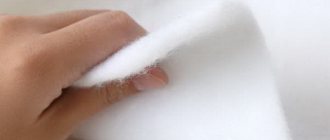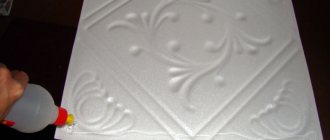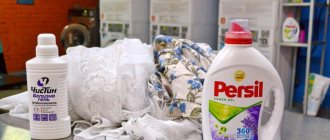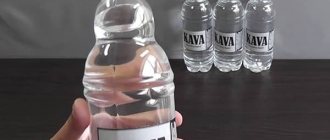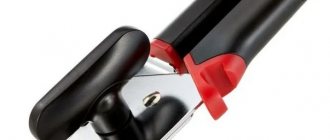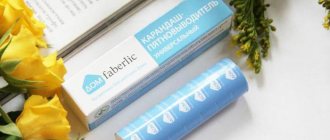Home / Fillers
Back
Published: 06/28/2021
Reading time: 2 min
0
13
Termofin is an insulation material manufactured using the Finnish technological process. It is hygienic, retains heat and is lightweight.
- 1 Features and production of insulation
- 2 Positive properties
- 3 Types of material
- 4 Applications
- 5 Care tips
- 6 Reviews about thermofin insulation
- 7 Conclusion
Features and characteristics of thermofin insulation
Termofin is a kind of analogue of synthetic fur. They are similar in their properties and characteristics. The first is used for the production of various types of clothing - from demi-season jackets to winter equipment used in extreme conditions, at especially low temperatures. It's thinner so it's easier to wear. Read about rocking mattresses here.
Areas of application
Termofinn is insulation with good thermal conductivity, providing protection from even extreme cold.
The material is used for sewing the following types of clothing:
- for Sport;
- for children;
- special forms.
Termofin is also used for sewing uniforms, hats, and sleeping bags. For a demi-season wardrobe, take an option with a density of 100-150 g/m², for a winter wardrobe - 250-430 g/m².
It is also used as a filler for bedding, and due to its environmental friendliness, it is used to make warm clothes for newborns.
Composition: what is thermofin insulation made from?
It is made of highly twisted and bicomponent fibers. They are similar to swan feathers, but are a completely synthetic material. Insulating non-woven fabric is made from polyester and consists of a huge number of tiny polyester-based fibers. Small voids in the structure of the material ensure its lightness and breathability. The small size of the cavities prevents moisture from entering.
During production, the bundles are shaped into a slightly spiral shape, which gives them greater flexibility. This allows the insulation to retain its shape for a long time, preventing the fibers from sticking and tangling. The material acts as an insulator due to the formation of an air gap in the spirals.
Making thermofinn
High-tech production is fully automated. All work processes are controlled by computers. The raw materials are conventional and biocomponent fibers. The latter consist of a polyester core and a low-melting shell. Both types of fibers enter the conveyor in the required proportion. This mixture is carefully combed, as a result of which the fiber becomes absolutely even.
The next stage of production is melting in a special furnace. When heated, the shell of the biocomponent fiber twists and, attaching to conventional fibers, creates a three-dimensional structure. This is a very important process. The quality of the future insulation depends on the correct temperature and calculated melting time. If the parameters are chosen incorrectly, the material may turn out to be either too hard or unacceptably loose.
The finished blade passes through the cutting shafts. Here it acquires a smooth edge and becomes uniform in width. The parts are cut using a laser meter. The product is ready. Immediately before being sent to the customer, it will undergo vacuumization. This will maintain the required structure and softness of Thermofinn.
Production: how thermofin insulation is produced
Highly twisted fibers make up 85% of the total weight, and bicomponent fibers, respectively, 15%. They form the basis and shell of future thermal insulation. Production is carried out on high-precision machines, which allows you to automate the process and almost completely eliminate the human factor from the process.
Due to the high degree of fire resistance, the core remains intact. Thanks to this processing, a material with a three-dimensional structure with a large number of air chambers is obtained.
Positive properties
Termofin is a modern insulation for clothing with many positive properties.
The material is soft, since during manufacturing there is no such stage as calendering. Thermofin does not pass between hot rolls to increase density and reduce thickness.
Low thermal conductivity ensures good heat retention. Moreover, the higher the density, the more severe the weather you can wear a product with this type of filler.
Author:
Zakharova Nina Afanasyevna
I hope you like my article! If you find any shortcomings, just write to me about it! I am always ready for a conversation and will answer any questions you have, ask them!
